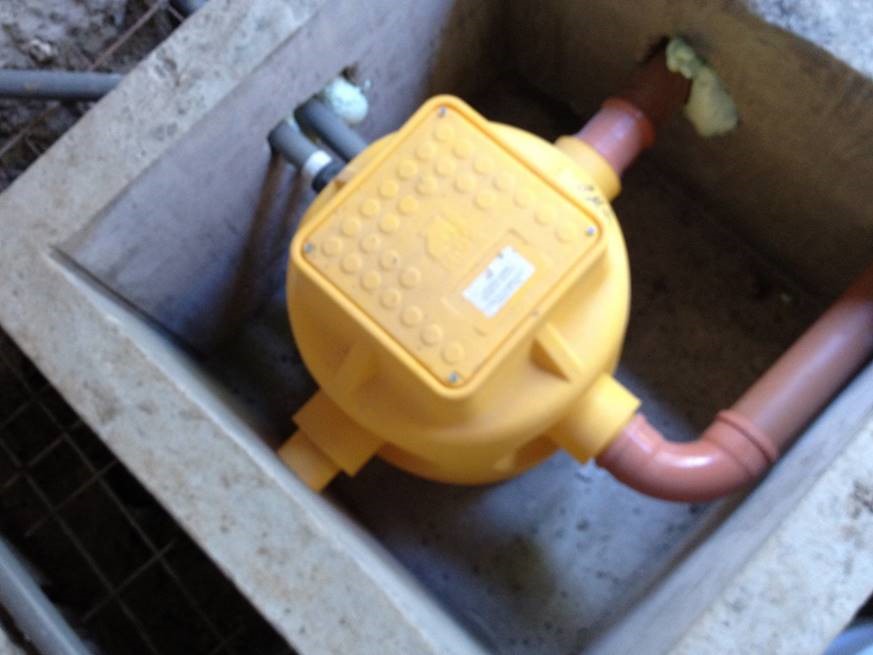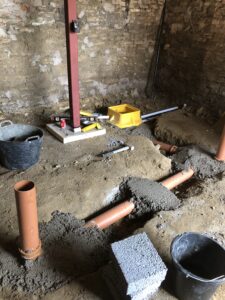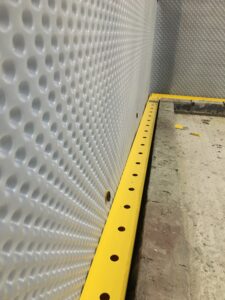
For any below ground structure, basement drainage should always be considered essential.
Even with site investigations at the planning stage, this is only a snap shot in time. Groundwater is expected to come to bear against the structure at some point during its service life.
BS8102:2009 states “……. waterproofing measures should be designed on the basis of water to the full height of the retained ground at some time during the structure’s life….”
What is Groundwater?
Groundwater is the most commonly forgotten aspect of the Water Cycle as it is not readily seen. The Water Cycle is the constant movement of water through the environment, traveling as slowly as a metre per year. Evaporation of the oceans water, condenses into clouds ready for rainfall across the land. After rainfall, the surface rainwater flows back into rivers and the sea.
Water pressures acting on the external retaining wall system and water pressures below the basement slab should always be key factors for reducing risk when designing a robust waterproofing solution. The design should enable the system specified to withstand a pre-determined head of water or control any water ingress before it reaches the structure.
Type C waterproofing systems do not provide a hydrostatic barrier against water ingress but provides a controlled means of water management.
Drainage Systems available
There are two main systems, both work alongside a Type C Cavity Drainage System to collect and manage water these are Perimeter Drainage and Modular Drainage. Without fail, the most popular specified system is Perimeter Drainage. All drainage systems for a Type C cavity drain system should be designed specifically for each site / project – perimeter channel, modular or a combination of both, all need to be maintainable.
Perimeter Drainage
Drainage channels are water collection conduits designed to manage and control water ingress. These channels are installed around the perimeter of a basement, cellar or below ground structure. They feature a number of preformed holes that allow any water from the Type C cavity drainage system to enter the channel, then drain into a sump pump (submersible pump station) or suitable discharge point.
Once collected in the sump chamber, the groundwater can then be pumped to a safe designated point of discharge off site.
Drainage channels are available with or without upstands, and are supplied in durable straight lengths, the use of T-junctions, corner pieces, straight connectors, jetting eyes, end caps and access ports.
Modular Drainage
An alternative to perimeter drainage is a modular drainage system. Using a 110mm standard underground drainage pipe, this system is only suitable for new construction or when a new concrete slab/raft is being replaced with a reinforced slab/raft. Drainage should be installed at uniform gradients, not less than 1:100. Piped drainage systems should be tested for leakage prior to backfilling and concreting. When specifying and designing modular drainage systems, we would suggest liaising with Delta’s Technical Team.
When designing any basement drainage system, philosophy and approaches should always be based on functionality, quality and maintainability. All drainage systems, must be maintainable!



